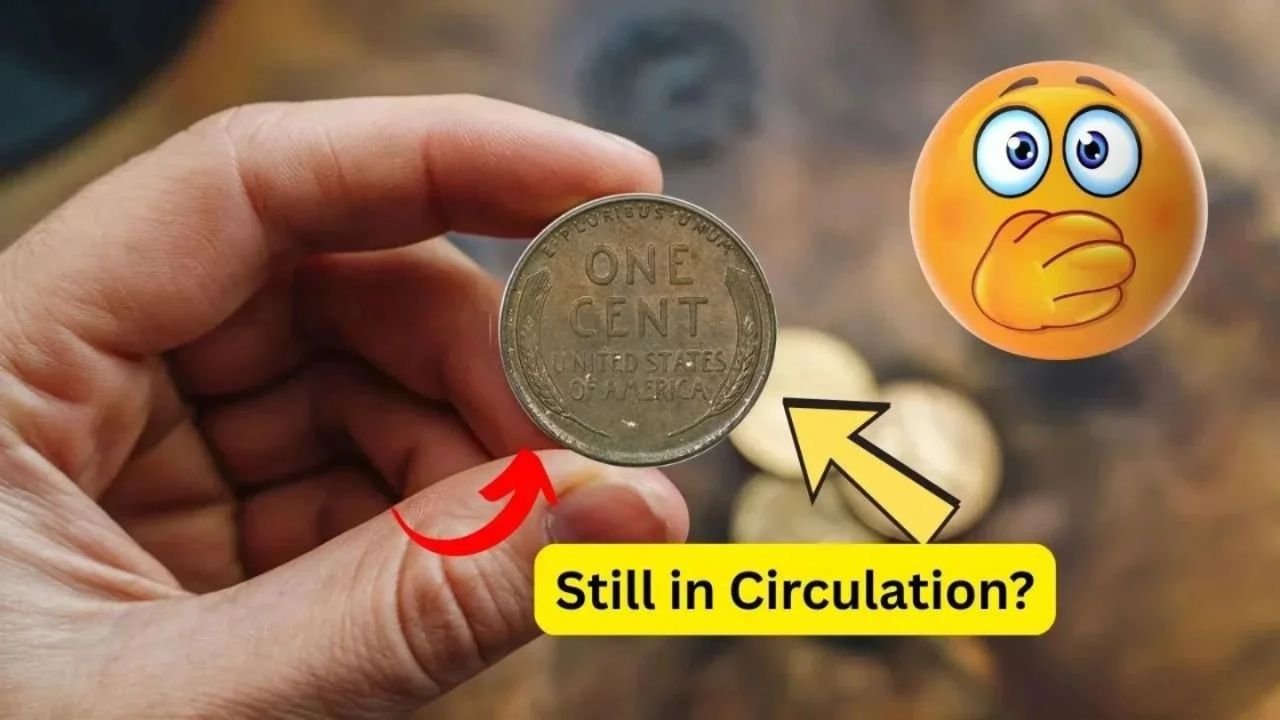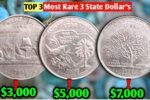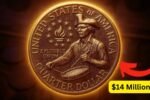Imagine this: you hand over a $5 bill for your morning coffee, and the cashier gives you a few coins in return. You pocket them absentmindedly, unaware that one of them—a worn Lincoln Wheat Penny—could be worth more than $100,000. Sounds like a dream? Not quite. It’s a reality that has surprised many Americans over the years. The Lincoln Wheat Penny, once just loose change, has become a rare and valuable collector’s item.
In this article, we’ll explore the fascinating history, features, and hidden value of the Lincoln Wheat Penny. With expert tips on spotting these rare coins, you might just discover a hidden treasure in your own pocket.
A Presidential Icon: Birth of the Lincoln Wheat Penny
The Lincoln Wheat Penny first entered circulation in 1909 to honor the 100th birthday of President Abraham Lincoln. It was the first U.S. coin to feature a real historical figure rather than an allegorical symbol. Designed by Victor David Brenner, the coin’s obverse (front) showcases a dignified portrait of Lincoln. The reverse features two wheat stalks bordering the words “One Cent,” hence the name Lincoln Wheat Penny.
This iconic coin remained in circulation from 1909 to 1958 and became a daily part of American life. Billions were minted, but among them are rare editions that are now worth tens of thousands of dollars to collectors.
Why Is the Lincoln Wheat Penny So Valuable?
Not all Lincoln Wheat Pennies are valuable, but certain rare versions have made headlines. The key to their value lies in a mix of scarcity, historical relevance, and minting mistakes.
1. 1943 Copper Penny
During World War II, the U.S. Mint temporarily replaced copper with steel to conserve resources. However, a few copper blanks from 1942 slipped into the production line, resulting in a limited number of 1943 copper Lincoln Wheat Pennies. These are incredibly rare and can fetch between $100,000 to nearly $1 million depending on their condition.
2. 1909-S VDB Penny
Minted in San Francisco in limited quantities, the 1909-S VDB Lincoln Wheat Penny prominently features Brenner’s initials on the reverse. Due to public backlash, the initials were quickly removed, making the original batch very rare. Only about 484,000 were minted, and today, these coins are highly prized.
Could One Be in Your Pocket?
Yes, it’s entirely possible. Many rare Lincoln Wheat Pennies are still out there. Over the decades, some were misplaced, spent, or forgotten. A valuable penny could be lying in a coin jar, hiding in your couch cushions, or tucked away in an old purse. With most people overlooking their coins in our increasingly digital world, these hidden gems are still in circulation, just waiting to be found.
Also Read – $1,000 Credit One Bank Settlement: What It Means, Who Qualifies, and How You Can Claim Your Payment
How to Identify a Valuable Lincoln Wheat Penny
If you’re intrigued and want to try your luck, here are key tips for spotting a valuable Lincoln Wheat Penny:
- Check the Date: Look for coins dated between 1909 and 1958. Focus on 1943 and 1909 editions.
- Mint Mark Matters: An “S” beneath the date means it was minted in San Francisco. This is a good sign, especially for the 1909-S VDB.
- Inspect for Errors: Look for off-center strikes, double dies, and unusual color or thickness. These minting anomalies add significant value.
- Magnet Test: Most 1943 pennies were made of steel and will stick to a magnet. If your 1943 penny doesn’t, it could be one of the rare copper variants.
- Get It Authenticated: Found a potential winner? Send it to PCGS or NGC for grading and professional verification.
Real-Life Stories of Discovery
These aren’t just fairy tales. Real people have stumbled upon valuable Lincoln Wheat Pennies in the most ordinary places. One lucky collector found a 1943 copper penny in a bank roll and sold it for tens of thousands. Another found a 1909-S VDB in an old family coin collection. Stories like these continue to surface and fuel the excitement among amateur collectors and seasoned numismatists alike.
Why the Lincoln Wheat Penny Is More Than Just a Coin
Beyond its monetary worth, the Lincoln Wheat Penny holds deep historical and cultural significance. It captures pivotal moments like America’s transition during WWII and debates about public design aesthetics. These coins are miniature time capsules, each telling a unique story.
In today’s world of credit cards and cryptocurrency, the Lincoln Wheat Penny reminds us of simpler times and enduring value. Even as physical money becomes less common, this humble penny remains a symbol of American heritage and history.
Frequently Asked Questions
Q1: What is the most valuable Lincoln Wheat Penny?
A: The 1943 copper Lincoln Wheat Penny is considered the most valuable, worth up to $1 million in pristine condition.
Q2: Are all Lincoln Wheat Pennies valuable?
A: No, but many are worth more than their face value, especially low-mintage years or coins with errors.
Q3: How do I know if my Lincoln Wheat Penny is rare?
A: Check the mint date and mint mark, and look for unusual features. Authentication by a grading service is strongly recommended.
Q4: Where can I sell my Lincoln Wheat Penny?
A: You can sell rare pennies via online auctions, coin dealers, or at numismatic shows. Always deal with reputable sources.
Final Thoughts: Small Coin, Big Opportunity
The Lincoln Wheat Penny is more than just a relic of the past—it’s a potential treasure. Whether you’re a casual coin collector or someone who rarely checks their change, taking a closer look could change your fortune.
So next time you get coins back in change, don’t ignore that penny. It might just be a Lincoln Wheat Penny—a piece of American history worth a life-changing sum of money. With the right combination of rarity, condition, and a bit of luck, that small copper coin could be the key to your next big discovery.
Some Important Link
| Download News APP | Click Here |
| WhatsApp Group | Click Here |
| Home Page | Click Here |
















